‘Just as there is an individuality in everyman, so there is a national individuality . . . each nation has a destiny to fulfil, each nation has a message to deliver and each nation has a mission to accomplish. Therefore, from the very start, we must have to understand the mission of our own race, the destiny it has to fulfil, the place it has to occupy in the march of nations and the note which it has to contribute to the harmony of races,’1 thus Swami Vivekananda exhorted his countrymen more than a century ago. His clarion call to India to rediscover herself had been the defining moment in the great Indian Revival of the early 20th century, which culminated in the freedom of the country.
Swamiji, whom Sister Nivedita called, ‘the condensed India’, was the embodiment of all that was positive in Indian religion and culture. It was his firm conviction, borne out of his own realisation that India’s uniqueness and identity lay in its all-inclusive, all-loving, universal religion and culture, which if understood rightly and practised diligently, can empower and transform not only India but the whole world.
His noble mission, which has no precedence in recorded history, according to Sister Nivedita, has a two-fold purpose – ‘world moving and nation building’; the means of achieving both these are the same – the practical application of the ‘Wisdom of India’, as realized by him at the feet of his Great Master, Sri Ramakrishna and reinforced by his first-hand experiences both in India and abroad. While to the materially advanced, but spiritually starved West he showed the ‘nivritti marga’, the path of contemplation; to his own country men, sunk in poverty, misery and ignorance, he showed the ‘pravritti marga’, the path of manly action and restoration of human dignity and lost glory.
As Mrs. Burke, in her ‘New Discoveries’ points out, Swamiji ‘could not see hunger in any form, spiritual or physical, without filling it.’ The establishment of Sri Ramakrishna Order, with its Maths and Missions, with the motto of ‘atmano mokshartham, jagad hithaya cha’ (for one’s own salvation and for the good of humanity), and its centres all over the world, imparting spiritual illumination and humanitarian activities, is a lasting bond of harmony between the West and the East.
Swamiji’s deep love for India, whom Sister Nivedita calls ‘the Queen of all his affections’ was neither blind nor chauvinistic. His nationalism was born out of his love of Truth and was the inevitable and natural phase of his love for humanity. As he himself stated, ‘It is love and love alone that I preach and I base my teachings on the great Vedantic truth of the sameness and omnipresence of the Soul of the Universe.’2 In the words of Christopher Isherwood, his ‘nationalism, the call to India to recognize herself, was a kind of internationalism sublimated.’ 3 He wanted India to rise so that she could once again become the guiding light for the world at large. He wanted to end the isolation of India which had resulted in her stagnation for a long time and a loss to the world. His was an integrating vision. His broad sympathy and love of humanity make him a global citizen and in his later utterances, he transcended boundaries of all kinds and became truly universal. He wrote in 1895, ‘I belong as much to India as to the world, no humbug about that. What country has any special claim on me? Am I any nation’s slave?’4
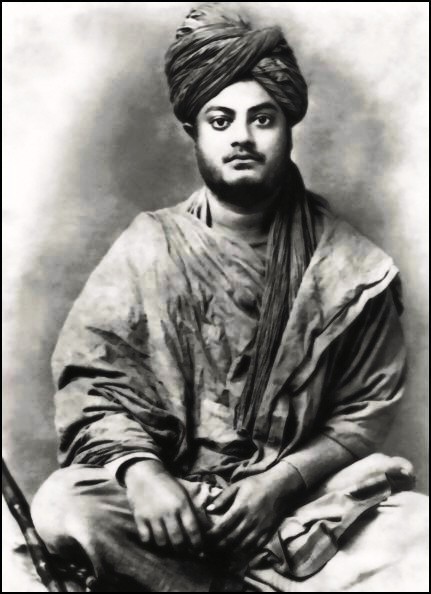
He was a true revolutionary. His was ‘the root and branch reform’, a revolution in the minds and hearts of men, transforming them from within, as a prelude to universal revolution without. No wonder, based on the impact of his Chicago Addresses Swamiji is called ‘one of the main moulders of the modern world’ by A.L. Basham, the renowned historian.
He had a keen sense of observation and went to the heart of every issue. What is more, without the least trace of fear or favour, he would point out merits and faults wherever he found them. Thus, though he was all praise for India for her priceless spiritual and cultural heritage, he was a relentless and harsh critic when it came to her faults. He could not bear when the noble truths of Indian spirituality were misinterpreted and degraded by vested interests. ‘No religion on earth’, he thundered, ‘preaches the dignity of humanity in such a lofty strain as Hinduism, and no religion on earth treads upon the necks of the poor and the low in such a fashion as Hinduism.’5 He lamented how the sublime man-making tenets of religion were brought down to the level of ‘kitchen religion’ – mere outward rituals and meaningless ceremonies. He took the ‘educated’ Indian youth to task, calling them ‘vain talkers’, ‘a race of dotards’, ‘repeating undigested stray bits of European brainwork’ and urged them to come out of their narrow holes and struggle for higher and better things and be men, ‘and not brutes.’ Although he was critical of the crass materialism and scepticism of the West, he was all praise for their organisational skill, work culture, civic sense and democratic institutions and wanted his countrymen to follow their merits. His advice to both the East and the West was not to live like ‘a frog in a well’ but to come together and share the merits of each other for the good of all. As Romain Rolland puts it, Swamiji’s creative genius can be summed up in the two words ‘equilibrium and synthesis.’ ‘He is the personification of harmony of all human energy’6 and his unified vision synthesises and integrates all aspects of life – material and spiritual; science and religion; idealism and practicality; the East and the West; past and present; human and nature; intellect and emotion and meditation and action – and he lived them all.
While the West has to learn from India the conquest of internal nature, India has to learn from the West the conquest of external nature. He wanted a union between Western science and technology and Indian spirituality and morality. ‘Then there will be neither Hindus [Indians] nor Europeans. There will be the ideal humanity which has conquered both the natures – the external and the internal. It is the union of the two that is wanted… The present age needs the union of the two’7 and not one becoming the other, he asserted. In other words, while maintaining their distinct identities, nations should assimilate the best in other cultures so as to contribute to the overall harmony and balance. In these days of globalisation and communication revolution, when the whole world is becoming ‘smaller and borderless’ this policy of ‘give and take’ demands urgent attention if the world is to survive.
What exactly does Swamiji mean by ‘Indian spirituality’ and how is it capable of unifying, energising and pacifying the world at large and India in particular? Incidentally, ‘Hindu’ or ‘Hinduism’, strictly speaking, does not denote any religion. These names were given by foreigners to denote the land and its people. Bharat, the original name by which this land was known, has the longest, unbroken history. It was the sacred and divine Motherland to her inhabitants. The Eternal Dharma was Her soul, which like the golden inner thread joining the pearls of a necklace, gave unity and a sense of national consciousness right from the Vedic times. This was quite unlike the artificial, open, political and administrative unity of European nations. The best and the noblest expression of the Eternal Dharma was Advaita Vedanta, which is an all comprehensive, all-inclusive and universal way of life, embodying the immutable moral, ethical and spiritual truths governing the lives of all beings and the universe they reside in, realised by the Rishis of yore and verified and found true by subsequent earnest seekers down to the present age. It postulates potential divinity of the soul, unity of existence and harmony of all religions. It does not depend on doctrines or dogmas or rituals or books, but is rooted in realisation, in ‘being and becoming’, and as such scientific, universal and all encompassing. It fulfils the yearnings and aspirations of humanity at large.
According to Dr. S. Radhakrishnan, it is not a religion, but The Religion, the essence and substance underlying all religions and hence acceptable to all. It proposes God or Atman as our own very Self and this Divinity within leads to the realisation of the Divinity in all –‘All are children of Immortality.’ The principles of unity in diversity and secularism in its noblest sense are ingrained in its adherents. By its very nature it admits no privileges or discriminations of any kind. Vedic hymns like ‘ekam sat, vipra bahuda vadanti ‘(Reality is one, but sages call it by various names), ‘vasudhaiva kutumbakam’ (All the world is one family), ‘As many faiths, so many paths’ etc. are articles of faith in it. It also boldly declares that the aim of spiritual realisation is not merely achieving one’s own salvation, but achieving the good of mankind in general and thus has a positive social and humanitarian implication. No country in the world can boast of such an all-absorbing, all-accommodating and all-inclusive cultural heritage which, surprisingly enough, predates all other living cultures and religions and hence Swamiji calls it the ‘mother of all religions’ in his Chicago Address.
Modern scientific discoveries vindicate the truth of Vedanta that we are all interconnected at a deeper level and that consciousness is the substratum of all. The fact that we are all basically the same leads to universal love, from which would come fearlessness and strength. As we move towards the deeper dimensions within, the Soul begins to arise, gaining infinite power, purity and ‘everything that is excellent’, which, when acting on matter brings about material development, acting on intellect results in intellectual expansion and finally acting on itself attains the fulfilment of all human possibilities, making man a veritable God. It thus fulfils the yearning of man to be free. From personal freedom (i.e. freedom from senses and passions), it moves to social or political freedom (freedom from domination by others) and ultimately to freedom total, complete emancipation or Mukti.
In his speech ‘Is Vedanta the Future Religion of the World?’ at San Francisco in 1900, Swamiji asserted that the time had come to cast off ‘the kindergartens of religion and make vivid and powerful the true religion, the Vedanta, the worship of the spirit by the spirit if mankind is to survive.’ It is ‘the religion of strength’, as Swamiji calls it, the most dynamic force and the true and lasting basis of human solidarity.
To accept all religions are equally true and valid is the only way out of the dangers of religious fanaticism, and consequent violence and terror which are now posing a grave threat to the world. His aim was ‘to lead mankind to the place where there is neither the Vedas, nor the Bible, nor the Koran; yet this has to be done by harmonising the Vedas, the Bible and the Koran. Mankind ought to be taught that religions are but the varied expressions of THE RELIGION, which is Oneness, so that each may choose that path that suits him best.’8
As prophesied by Swamiji, Eastern spirituality, especially Vedanta, is gaining popularity in America and Europe since his ‘counter conquest’ of the West. According to Philip Goldberg, who wrote the monumental ‘American Veda’, Indian influence ‘has spread wide and penetrated deeper into the American culture and that American society has moved ever closer to a spiritual worldview that resembles the core principles of the Vedic tradition.’ He calls it ‘a positive and enduring historical development.’9 Many intellectuals in Europe and America echo the sentiments expressed by him and Arnold Toynbee that the ‘only way of salvation for mankind is the Indian one’ as it makes men ‘to know and love’ each other; for to know who truly we are is to love all. Thus the seeds of Vedanta Swamiji has sown in America and Europe have sprouted thanks to the continued efforts of Vedanta Societies and other spiritual institutions which followed him.
What about Swamiji’s mission of transforming India through Vedanta? The near millennium of foreign subjugation had engendered inferiority complex and an attitude of self-reproach among our people. It had stagnated the Indian culture, benumbed the Indian psyche and made its people sink into ‘tamas’. Horizontal and vertical divisions in society on all conceivable lines made the lives of common people miserable. The abject poverty, ignorance and the lack of selfconfidence of the people characterised the India of those days. The callousness of the rich and the tyranny of the priest craft and the despotism of the upper castes were evident everywhere.
Swamiji’s heart sank on seeing the pitiable plight of the common masses of men and women. ‘Spirituality has fallen to low ebb and starvation stalks the land’ he lamented. He wanted India to rise again and become dynamic and earn the respect of the world through her spiritual power. He knew that religion was not at fault; but the people had never been taught the life-giving, manmaking principles of spirituality and none knew how to apply them in practical life. The sublime spirituality was reduced to mere scholastic disputations and abstract theories at best and superstitions and vile practices like caste system and untouchability at worst. He made the dry abstract Advaita relevant and practical so as to make it capable of solving social problems like poverty and inequality. From his Master he knew that it was not mere compassion that was needed, but the attitude of ‘service to the poor as worship of God’ – ‘Shiva Jnane Jiva Seva’. He had also learnt from his Master that sacrificing oneself for the common good of others is higher than personal salvation as it would ensure both outer progress and inner growth.
He revolutionised ‘Sannyasa Dharma’ making it play an effective role in spiritual enlightenment and social progress. His success at the Chicago and later his speeches in America galvanised Indians and made them aware of the glory of their Motherland and, on his return, he through his soul stirring speeches and writings kindled the dormant national consciousness of the people, awakened them from their self-forgetfulness, making them proud of their heritage, thereby paving the way for the great National Revival. In the words of the historian K.M. Panicker, Swamiji verily is ‘the true father of Indian nationalism.’
Thus Swamiji fulfilled the twin tasks enjoined upon him by his Master – ‘shake the world to its foundations’ by his intellectual and spiritual powers and regenerate his own country by following the twin principles of renunciation and service.
How far have we followed Swamiji after independence is a matter better left to the readers to ponder over. All that can be said is that political freedom, according to Swamiji, is but a phase towards the onward march for allround perfection and not an end itself. Have we faithfully adhered to the ‘life-giving, charactermaking and nation-building’ teachings of Swamiji, which are all derived from the core ethos of our heritage? Have we ever tried to understand and strengthen the spiritual and cultural unity that binds us all together despite the surface differences of race, religion, caste, language, economic conditions or province? Above all, have we really replaced ‘the negative education’, which Swamiji condemned, with an integrated and balanced system allowing full development of physical, intellectual, emotional and spiritual faculties? In the answers to these questions lie the solutions to the manifold problems our country faces now including poverty, misery, degradation of moral values, religious fanaticism and violence.
References
- The Complete Works of Swami Vivekananda [hereafter CW],3.369
- CW, 3.194
- World Thinkers on Swami Vivekananda, ed. Swami Lokeswarananda
- CW, 5.95
- CW, 5.15
- The Life of Swami Vivekananda, Romain Rolland, 281
- CW, 5.216
- CW, 6.416
- American Veda, Philip Goldberg
Source : Vedanta Kesari, January, 2017

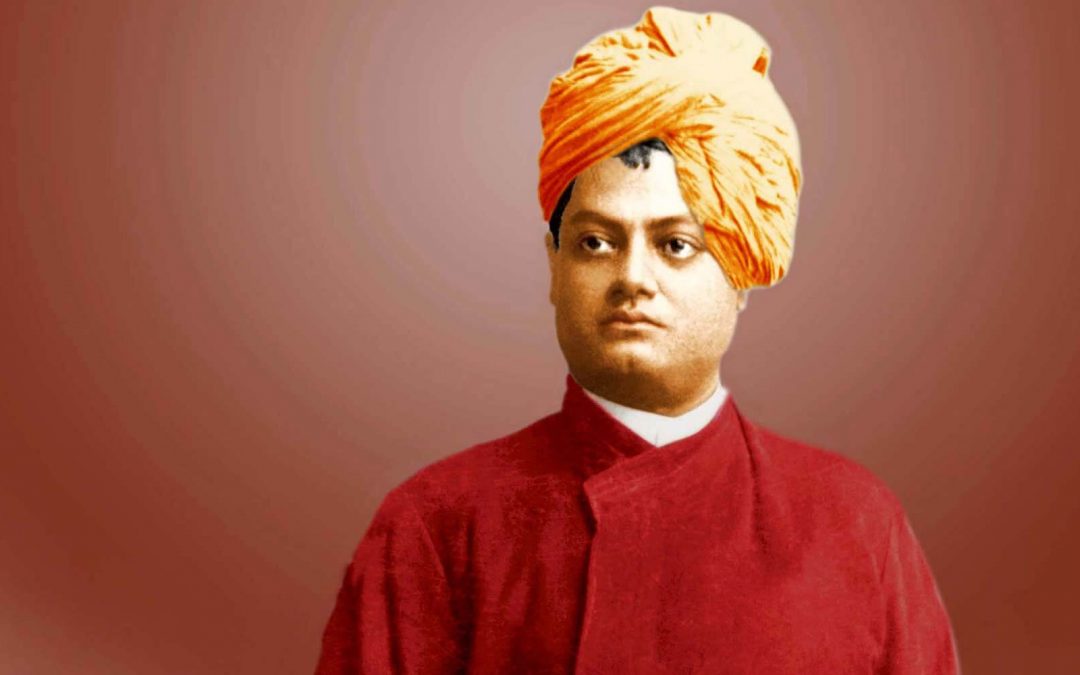
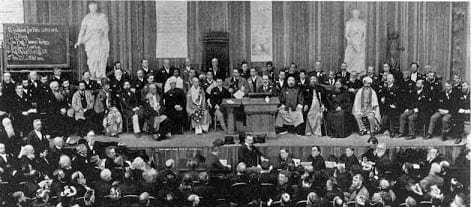

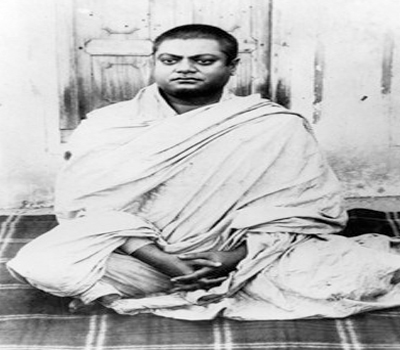
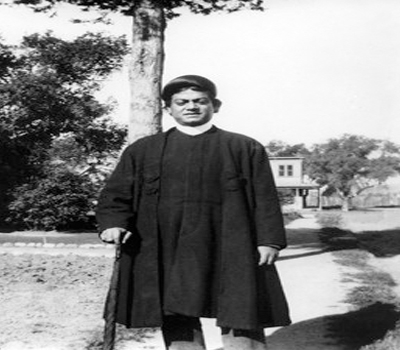
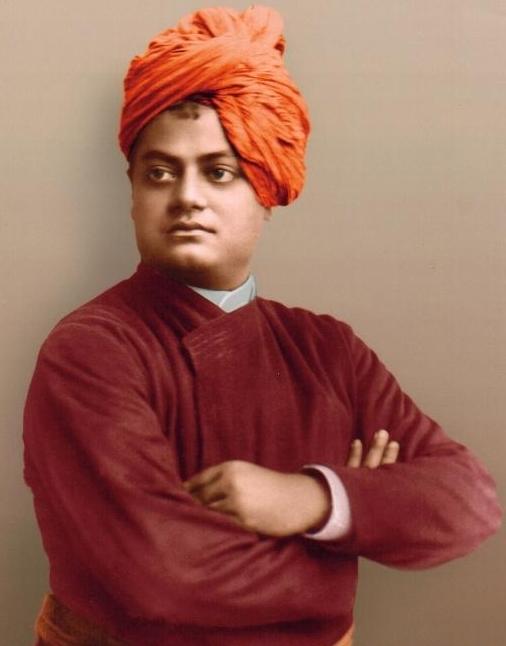
Leave A Comment